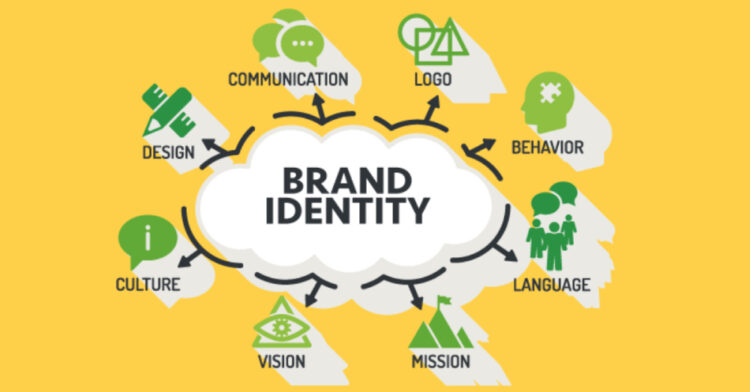Learn why signature brand assets are crucial for brand recognition, recall, and differentiation in a competitive marketplace.
With so much competition in the marketplace these days, it is not enough for brands to be simply recognizable. They must be immediately unforgettable. Distinctive brand assets are non-brand-name specific characteristics that are instantly seared into our memory. They are visual aids, sounds, or even smells that one associates with a certain company.
From trademarks to brand colors or catchy phrases, jingles or mascots, packaging shapes, etc, all of the assets were developed for purposes of enhancing the promotion and the image of the brand. This article discusses the most important part of a brand – its distinguishing features, their functions and directions for their creation and application in practice
Simply put, what are Distinctive Brand Assets?
Distinctive brand assets are features of the identity of the brand that don’t mention the brand itself but are also very identifiable. They work as short cuts using the senses, let customers associate something identifying and like a brand to them. Assets can also manage the positioning, communication, and recollection of the brand when employed in a planned manner.
Below are some of the elements in the brand image that help differentiate one brand from the other.
Key Components of Distinctive Brand Assets:
1. Logos: The brand’s symbol, like Nike’s “Swoosh,” which captures the essence of the brand in a single visual mark.
2. Color Palettes: Specific colors can evoke emotions and facilitate brand recognition, such as Cadbury’s iconic purple.
3. Slogans and Taglines: Catchy phrases that encapsulate the brand message, like McDonald’s “I’m Lovin’ It.”
4. Jingles and Sounds: Sounds like the Intel chime or Netflix’s “ta-dum” instantly cue brand recall.
5. Mascots and characters: Brand figures, such as Tony the Tiger, foster familiarity and an emotional connection.
6. Packaging and Shapes: Unique packaging, like the Coca-Cola bottle shape, sets the brand apart visually.
Why Distinctive Brand Assets Matter:
Enhance Brand Recognition: Repeatedly used assets make it easier for consumers to identify and remember your brand.
Differentiate from Competitors: Distinctive assets highlight what makes your brand unique, fostering loyalty.
Build Emotional Connections: Elements like mascots or jingles engage emotions, strengthening brand affinity.
Support Marketing Consistency: distinctive assets provide a cohesive framework for campaigns across all platforms.
Tips for Developing Effective Distinctive Brand Assets:
Identify Core Brand Values: Make sure that the assets are congruent with the company’s mission, vision, and values in order to maintain of trust worthiness.
Ensure Consistency: Ensure application of the brand assets on every single channel so that the brand identity is strengthened.
Test for Uniqueness and Recall: Ensure that your assets are not only unique but also memorable for the intended audience.
Adapt Over Time: In order to survive and grow, the assets must change as the consumer preferences change.

IN A NUTSHELL,
Incorporating distinctive brand assets into your branding strategy is essential for building a recognizable and memorable brand presence.
By developing and consistently using these elements, you can create a cohesive brand identity that resonates with audiences, making your brand stand out. Distinctive assets transform every interaction into a memorable brand experience, setting you apart in a competitive marketplace.


